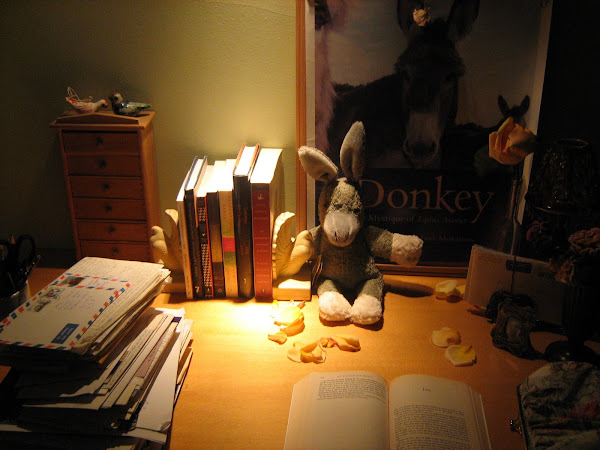
– Alice Sebold
The distinguished American publisher Europa Editions introduced Elena Ferrante to the English-language audience. So far, three of her books have been translated from Italian into English: The Lost Daughter, Troubling Love, and my favorite, The Days of Abandonment.
In the literary realm of what Jane Gardam calls “serious unsensational fiction,” Elena Ferrante stands very near to the heart. And like an intense love affair, she’s challenging to write about. Solitude. Claustrophobia. Forced intimacy. Her emotions climb into one’s body on a broken-down wooden ladder; her language is intense, and flashes of fire lead the way.
I’m delighted to link Ferrante to another author I admire, the Brazilian writer Helena Parente Cunha. I’ve kept Cunha’s novel Woman between Mirrors, published by the University of Texas Press, close at hand since 1989. I had thought Cunha was the only writer who could so successfully and beautifully explore the dismantling, then the restoration, of a woman’s identity. Many others came close, I thought, but not with such lyrical prose. That is, until I read Ferrante’s books.
The conflicting emotions evoked by raising children, the rage and confusion between mothers and daughters, the desperation of being abandoned by a beloved husband--all are explored with great psychological perceptiveness and heart. We ache along with Ferrante, but are also transported onto a path of salvation. We just have to hold on and trust that the writer will figure it out. And she does, like Cunha, evoking great waves of relief and awe. These women invite the reader into their own private rooms, resplendent with luxuriant roses and Venus flytraps.
In Woman between Mirrors, Cunha plays with the notion of the writer’s identity. By contrast, Ferrante continues to hide hers. Ferrante may live in Naples, but maybe not. The truth is, we don’t know who she really is. She has shunned the public and insisted to her publisher that her real identity be kept secret. I suggest that her characters live in a kind of limbo, too--and wonder if this is indicative of the emotional state she’s most comfortable with. There’s a rumor that she’s really the writer Domenico Starnone. But on reflection, I find it nearly impossible to imagine that a man could have the psychological insight to write so accurately in a woman’s voic
“I can’t make fun of the woman who writes me,” wrote Cunha. “I can’t do to her what she did to me.” Happily, the complexity of writing a woman’s life is left to these two remarkable writers, Helena Parente Cunha and Elena Ferrante.











